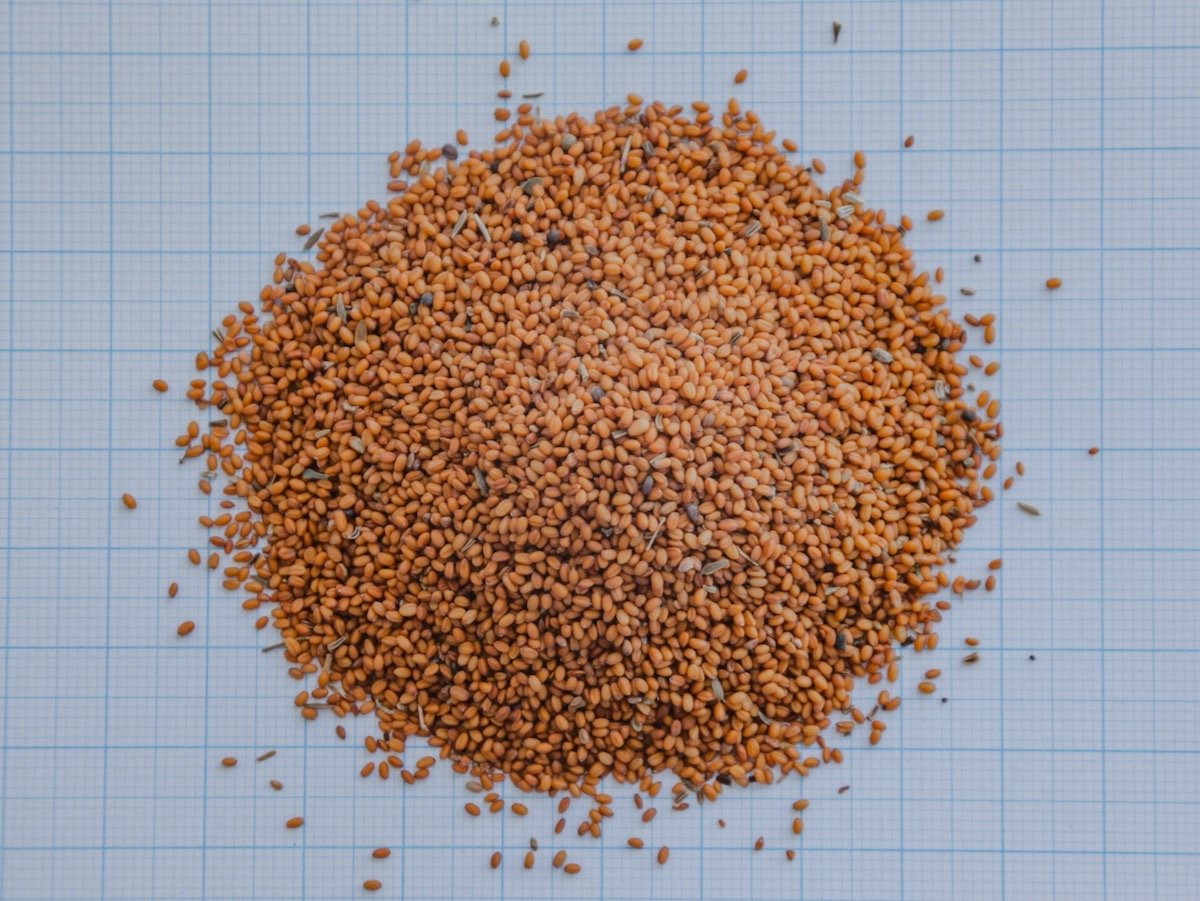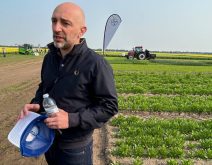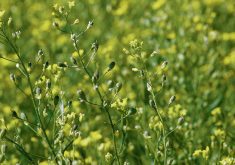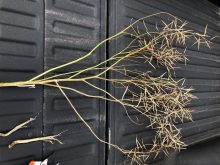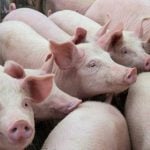A Saskatoon company’s camelina catalogue is expected to go to develop new farmed fuels under Bayer’s guidance.
Bayer announced in January it has closed a deal to buy the camelina germplasm and intellectual property assets of Smart Earth Camelina Corp.
There’s been a fair amount of ink over the past 20-odd years about camelina and its versatility and competitiveness in Prairie fields — less so about how it turned into somewhat of a nine days’ wonder after an initial surge of interest.
Read Also

Claas brings 1000 Series SP forage harvesters to Canada
In mid-August, Claas unveiled its new line of Jaguar forage harvesters at an event in Visalia, California, deep in the heart of that state’s dairy region.
As that interest around its potential use as a biofuel feedstock waned, Smart Earth was among the companies that stuck it out and sought additional markets — for example, touting the oil’s nutritional and anti-inflammatory properties to produce and sell lines of supplements for horses and dogs.
The Saskatoon firm, in business since 2005, has also promoted camelina as a profitable crop for farmers to grow on “marginal” lands, “where you can net less nitrogen, use less inputs, and enjoy a shorter growing season.”
Smart Earth’s Carlene Sarvas told Lee Hart back in 2022 how the company’s camelina breeding program since then has led to varieties with improved yield, quality and agronomic characteristics.
For example, Sarvas said at the time, the company’s breeding work has increased the size of camelina seed in some varieties by about 40 per cent, which would make it easier to put through seeding equipment and seed slightly deeper.
In 2021 it also launched NewGold HT, billed as the “world’s first and only” herbicide-tolerant camelina, with built-in Group 2 resistance. Plus, Sarvas said, the company was at work developing “true” winter camelina varieties, into which it hoped to transfer those improved characteristics.
Bayer didn’t say in its Jan. 9 announcement how much it’s paying for the Smart Earth assets, but the involvement of a major international player suggests the farmed fuels market is poised to catch up to the crop.
The German company said as much in its release, that the deal “underlines Bayer’s goal to help decarbonize the transportation sector… through the investment and development of intermediate oilseed crops to meet the demand of the growing renewable diesel and sustainable aviation fuel (SAF) markets, which is estimated to increase from 14 billion to 40 billion gallons by 2040.”
Such “drop-in” fuels have “a lower carbon intensity than fossil fuels and can significantly reduce greenhouse gas emissions compared to traditional fossil fuels, playing a key role in mitigating climate change,” Bayer said.
“We believe Bayer is the ideal party to scale camelina production to a level that drives meaningful advancements in sustainable agriculture and significantly reduces global CO2 emissions,” Smart Earth’s CEO Jack Grushcow said in the same release.


